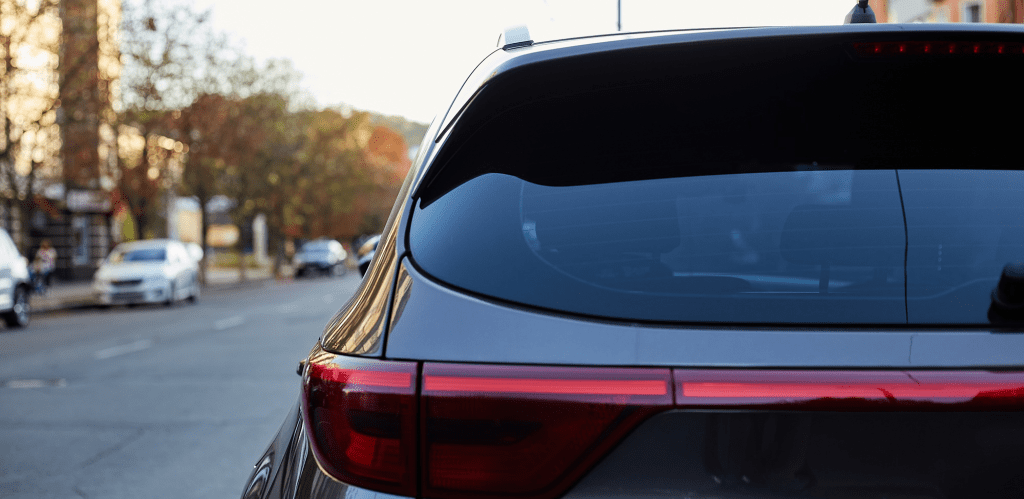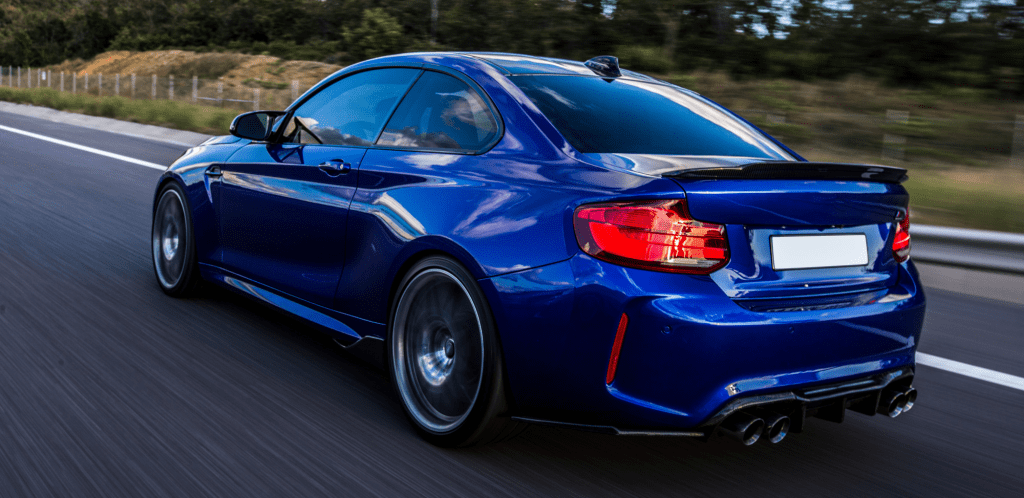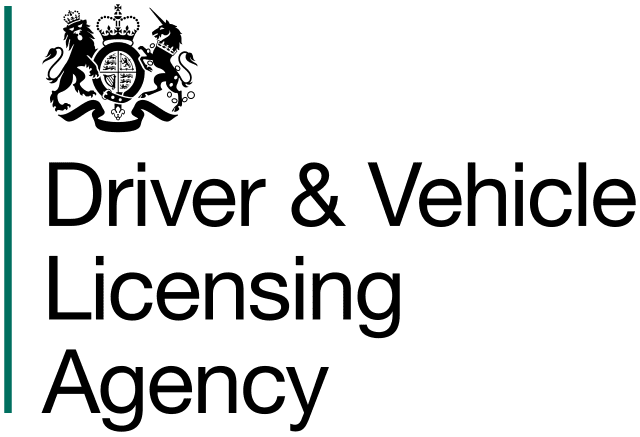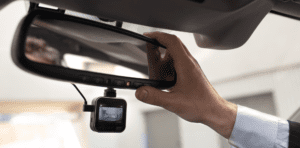Compare cheap car insurance
✔ Compare cheap car insurance quotes
✔ Over 110 insurance providers
✔ Get a quote in minutes
✔ Save up to £504*


In the realm of UK vehicle registrations, each car possesses a distinctive number plate that serves as its unique identifier. However, for certain types of vehicles such as kit cars and significantly modified cars, determining their original identity and age can pose challenges.
- What are Q-plates?
- What types of vehicles need Q-plates?
- How are Q-plates issued?
- Is it difficult to insure a Q-plate car?
- Where can I find car insurance for a Q-plate car?
- Frequently asked questions
To address this situation, such vehicles are issued with a Q-plate. However, a common question that arises is whether it is more difficult to get car insurance for a vehicle with a Q-plate?
What are Q-plates?
The standard registration plates affixed to vehicles in the UK provide valuable information about their age, manufacturing date, and initial place of registration.


However, there are instances where determining a car’s history or origin is not straightforward. In some cases, the vehicle may even lack a Vehicle Identification Number (VIN), which is the unique identifier typically engraved on the chassis.
When aspects of a car’s history are uncertain or unknown, it is assigned a Q-plate registration. The Q-plate serves as an identifier for vehicles whose origins, age, or key details cannot be readily determined.
These registrations are utilised to address situations where traditional registration methods are insufficient in providing accurate and verifiable information about the vehicle.
The issuance of a Q-plate registration ensures that the vehicle can be legally used on the road while acknowledging the limited knowledge about its history. It serves as a means of identification for cars with missing or insufficient information regarding their manufacturing date, original identity, or other relevant details.
While Q-plate registrations indicate that a car’s history may be unclear, it is important to note that the vehicles themselves are not inherently inferior or unsafe. The presence of a Q-plate does not necessarily reflect any inherent issues or concerns with the vehicle’s quality or performance. Instead, it serves as a practical solution to accommodate vehicles with limited historical documentation.
Q-plate registrations provide an opportunity for vehicles with uncertain histories to be legally driven on UK roads. This system acknowledges the challenges in determining a car’s origin and ensures that such vehicles can be appropriately registered, regulated, and insured.
By understanding the purpose of Q-plate registrations, motorists and insurance providers can approach these unique vehicles with clarity and confidence, ensuring compliance with relevant regulations and offering appropriate cover for owners.
How much can you save on your car insurance?
What types of vehicles need Q-plates?
Various types of vehicles may necessitate the use of Q-plates for registration. These include:
Kit Cars: If you have constructed a car from various sources and the parts are not solely from a single manufacturer, getting a standard registration number may not be feasible. In such cases, Q-plates are typically utilised to register kit cars.
Radically Modified Vehicles: When a car has undergone significant alterations from its original specifications, it may be categorised as a radically modified vehicle. These modifications may affect essential aspects such as performance, structure, or appearance, requiring the vehicle to be registered with Q-plates.


Reconstructed Classic Vehicles: Classic vehicles that have been reconstructed using new or replica parts may necessitate the use of Q-plates for registration. This allows for proper identification and differentiation from vehicles with original specifications.


Former Military Vehicles: Vehicles previously used by the Ministry of Defence might still retain their classified status or have undergone modifications. As a result, Q-plates are often assigned to former military vehicles for registration purposes.


Self-Imported Vehicles: Cars imported to the UK from countries outside the European Union may receive Q-registrations if there are uncertainties regarding their age or identity. This ensures proper classification and identification within the UK registration system.
Vehicles without a VIN: In situations where the Vehicle Identification Number (VIN) has been lost due to vehicle rebuilding or radical modifications, the original registration cannot be retained unless the previous VIN can be proven. In such cases, Q-plates are utilised to re-register the vehicle.
The utilisation of Q-plates for these vehicle types allows for appropriate identification and classification within the registration system. While Q-plates may signify unique characteristics or histories, they are an essential means of legally registering vehicles with uncertain origins or significant modifications.
By understanding the circumstances that warrant Q-plate usage, vehicle owners, insurers, and regulatory bodies can ensure compliance with relevant regulations, facilitate accurate identification, and provide appropriate cover for these distinct vehicle categories.
How much can you save on your car insurance?
How are Q-plates issued?
The issuance of Q-plates is overseen by the Driver and Vehicle Licensing Agency (DVLA), the authoritative body responsible for vehicle registration in the UK. To get Q-plates for your car, it is necessary to successfully complete an Individual Vehicle Approval (IVA) test.
The IVA test is a comprehensive assessment conducted to ensure that your vehicle meets the required safety and environmental standards. This test is essential for various circumstances, including:
Imported Cars: If you have imported a car from outside the UK, it will be subject to the IVA test as part of the registration process. This ensures that the vehicle complies with the necessary regulations and can be legally registered within the country.
Constructed, Rebuilt, or Radically Altered Cars: Cars that have been built or rebuilt by individuals or have undergone significant alterations to their original specifications will require an IVA test. This assessment verifies that the modified vehicle meets safety and environmental standards before receiving Q-plates.
Reconstructed Classic Cars: Classic cars that have been reconstructed, particularly if they incorporate new or replica parts, must undergo the IVA test. This ensures that the reconstructed vehicle complies with the necessary regulations and can be appropriately registered with Q-plates.
It is important to note that once Q-plates are issued for your vehicle, any existing original registration number becomes invalid. The Q-plate serves as the new identifier for the vehicle, reflecting its unique characteristics or modified status.
By following the prescribed procedures, including application for the IVA test and compliance with safety and environmental standards, you can navigate the process of obtaining Q-plates for your car. This ensures legal registration, compliance with regulations, and proper identification within the UK’s vehicle registration system.
How much can you save on your car insurance?
Is it difficult to insure a Q-plate car?
When it comes to insuring a Q-plate car, it is important to acknowledge that it can be trickier compared to getting insurance for a standard vehicle. This is primarily due to the increased difficulty insurance providers and underwriters face when attempting to assess the risk associated with insuring a car with limited historical information.
Insurance companies rely on various factors to determine the level of risk associated with a vehicle, including its age, make, model, and driving history. However, Q-plate cars often lack complete historical documentation, making it harder for insurers to accurately evaluate the risk involved.
The absence of a comprehensive vehicle history can make it difficult for insurance providers to accurately assess factors such as the car’s maintenance, previous incidents, modifications, or repairs. As a result, they may perceive Q-plate cars as presenting a higher risk profile, potentially leading to increased insurance premiums or limited cover options.
However, while getting insurance for a Q-plate car may be more challenging, it is not impossible. Some insurance providers specialise in covering unique or modified vehicles, including those with Q-plates. These insurers possess the expertise and experience necessary to assess the associated risks accurately and offer tailored insurance policies to meet the needs of Q-plate car owners.
To ensure you find suitable insurance cover for your Q-plate car, it is advisable to explore insurance providers who have a track record in insuring modified or non-standard vehicles.
By engaging with these specialists and providing comprehensive details about your car’s modifications and any relevant supporting documentation, you can increase the likelihood of obtaining appropriate cover at a competitive price.
While insuring a Q-plate car may present some challenges, taking the time to research and collaborate with knowledgeable insurance providers will increase your chances of finding suitable insurance cover that addresses the unique characteristics and circumstances of your vehicle.
How much can you save on your car insurance?
Where can I find car insurance for a Q-plate car?
When it comes to insuring a Q-plate car, you may discover that mainstream insurance providers do not typically offer cover for such vehicles. As a result, it is not possible to compare Q-plate car insurance using Comparoo or similar platforms.
To get the appropriate level of cover for your Q-plate car, you will likely need to seek out a specialist insurance provider or car insurance broker. These experts are well-versed in the unique requirements of insuring Q-plate vehicles and can assist you in finding the right insurance solution.
When approaching specialist providers or brokers, you will be asked to provide as much detailed information as possible about your car. This typically includes:
- Make, model, and comprehensive specification details of the vehicle.
- Specifics regarding any modifications, such as changes to the engine, bodywork, wheels, brakes, and suspension.
- A breakdown of the parts used in the modifications.
- Clear photographs of the car, along with any associated documents.
By sharing these details, you assist the insurance provider in accurately assessing the risks associated with insuring your Q-plate car. This level of transparency ensures that the insurance cover is tailored to the specific characteristics and modifications of your vehicle.
It is important to bear in mind that insuring a Q-plate car is likely to be more costly compared to a standard car. The unique nature and limited historical information of Q-plate cars contribute to increased perceived risks, leading to higher insurance premiums.
However, working with a specialist provider or broker will increase your chances of finding appropriate cover that addresses the distinctive requirements of your Q-plate car.
When navigating the specialist market for Q-plate car insurance, remember to compare quotes and cover options from different providers. This allows you to make an informed decision and choose the insurance policy that provides the right level of protection for your valuable and unique vehicle.
How much can you save on your car insurance?
Frequently asked questions
The letter “Q” used in Q-plate registrations has sparked various speculations regarding its meaning. Some individuals have suggested that it stands for “queried,” “questionable,” or even “quite dodgy.” However, there is no definitive answer to this question.
The more plausible explanation lies in the practicality of using the letter “Q.” One of the primary reasons for its selection is that it is one of the few letters that are not already utilised in standard vehicle registrations. This enables a clear distinction between vehicles with Q-plates and those with regular registrations.
While the precise origin or intention behind the choice of the letter “Q” remains uncertain, its utilisation in Q-plate registrations serves a functional purpose. It allows for easy identification and differentiation of vehicles with limited historical information or significant modifications, ensuring clarity within the registration system.
So, while there may be various interpretations or theories surrounding the meaning of the letter “Q” in Q-plate registrations, it is best understood as a practical designation that distinguishes these unique vehicles from those with standard registrations.
Once a vehicle has been assigned a Q-plate, it is important to note that the Q-plate cannot be removed or replaced with a personalised number plate.
This means that swapping the Q-plate for a personalised registration is not possible, and the Q-plate cannot be sold or transferred between cars.
The Q registration remains linked to the specific vehicle for the entirety of its time on the road. This restriction ensures consistent identification and traceability of the vehicle, as the Q-plate serves as its unique identifier.
While personalised number plates can add a touch of individuality and personalisation to a vehicle, this option is not available for cars with Q-plates. It is essential to understand and accept this limitation, as the Q-plate must be retained and displayed on the vehicle in compliance with the registration regulations.
It is worth noting that Q-plates play a crucial role in accurately identifying and distinguishing vehicles with limited historical information or substantial modifications. The consistent use of Q-plates helps maintain the integrity of the registration system and provides a clear indication of the unique characteristics of these vehicles.
Therefore, if your vehicle has been assigned a Q-plate, it is important to familiarise yourself with the regulations and requirements associated with Q-plate usage. Adhering to these guidelines ensures compliance with the registration rules and contributes to the orderly functioning of the UK vehicle registration system.
In most cases, vehicles with Q-plates are subject to the same annual MOT (Ministry of Transport) testing requirements as other vehicles.
This ensures that they meet the necessary safety and environmental standards to remain roadworthy. However, there are specific circumstances where a Q-plate car may be exempt from the MOT requirement.
If a Q-plate car is over 40 years old, holds tax classification as a vehicle of historical interest, and has not undergone significant modifications within the past 30 years, it may be exempt from the MOT testing. This exemption acknowledges the well-preserved condition of these classic vehicles and their historical value.
It’s important to note that while these exemptions exist, regular maintenance and ongoing attention to safety are still essential for all vehicles, including those with Q-plates. Owners should continue to ensure that their Q-plate cars are in good working order and meet the necessary safety standards, even if they are exempt from the formal MOT testing.
It is advisable to consult with relevant authorities, such as the Driver and Vehicle Standards Agency (DVSA), to confirm the specific requirements and exemptions applicable to Q-plate cars in your region. Staying informed about the regulations ensures that you remain compliant and maintain the safety and roadworthiness of your Q-plate vehicle.
Remember, prioritising regular maintenance, safety checks, and any necessary repairs is crucial to ensure the continued reliability and safe operation of your Q-plate car, regardless of any exemptions from the formal MOT testing process.
In the past, the presence of a Q-plate might have sparked concerns regarding the legitimacy and safety of a vehicle. However, the introduction of the Individual Vehicle Approval (IVA) test has significantly altered this perception.
The IVA test involves comprehensive inspections and checks specifically designed for vehicles with limited historical information, providing reassurance regarding their safety and roadworthiness.
By subjecting mysterious or modified cars to rigorous examinations, the IVA test ensures that the necessary safety standards are met. If a vehicle successfully passes these meticulous checks, it can be considered safe to drive, alleviating concerns surrounding Q-plate cars.
For individuals who have self-built cars, it is important to note that temporary insurance options are available to provide cover while taking the vehicle for the IVA test and subsequent approval to drive on the road. This specialised temporary insurance offers protection during the testing and approval process, offering peace of mind until the necessary approvals are obtained.
It is crucial to prioritise safety when operating any vehicle, including Q-plate cars. Regular maintenance, adhering to manufacturer recommendations, and conducting routine safety checks are fundamental practices for ensuring the safe operation of your vehicle.
While the IVA test enhances confidence in the safety of Q-plate cars, it is still prudent to exercise caution and take necessary precautions. This includes following road safety regulations, maintaining proper insurance cover, and promptly addressing any maintenance or repair needs identified during routine inspections.
By being proactive in maintaining the safety and roadworthiness of your Q-plate car, you can confidently enjoy your driving experience while adhering to regulatory requirements and prioritising your own well-being and that of others on the road.











